Learn
Education

Ethereum's Pectra Upgrade: What's next for ETH and staking

Mythbusters: Liquid staking

Take the Liquid Collective staking survey

Report - Ethereum’s Correlation Risks: Poorly Understood, But Always Present

What’s the difference between a liquid restaking token (LRT) and a liquid staking token (LST)?

Is liquid staking safe?

What is Ethereum staking?
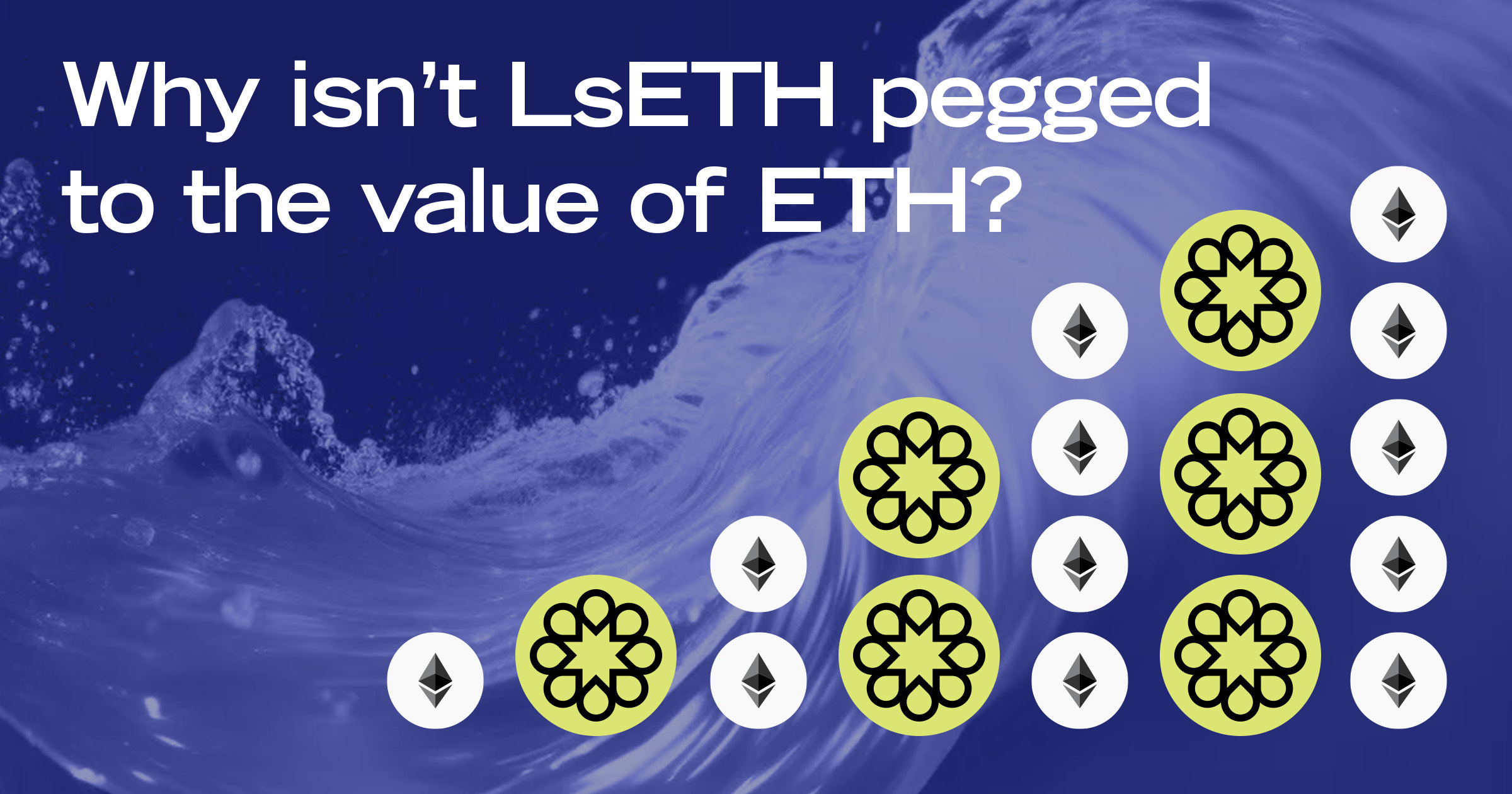
Why isn’t LsETH pegged to the value of ETH?

Building with liquid staking tokens (LSTs)

Correlated slashing: a case for diversification

Ethereum's Dencun upgrade: what's next for ETH and liquid staking

Report: Leading considerations for staking participation in the evolving crypto landscape

Unlock the power of ETH liquid staking with Liquid Collective

Integrating Liquid Collective: how exchanges can unleash the full potential of liquid staking

MEV and liquid staking

Liquid Collective's collaborative approach

Ethereum's activation and exit queues
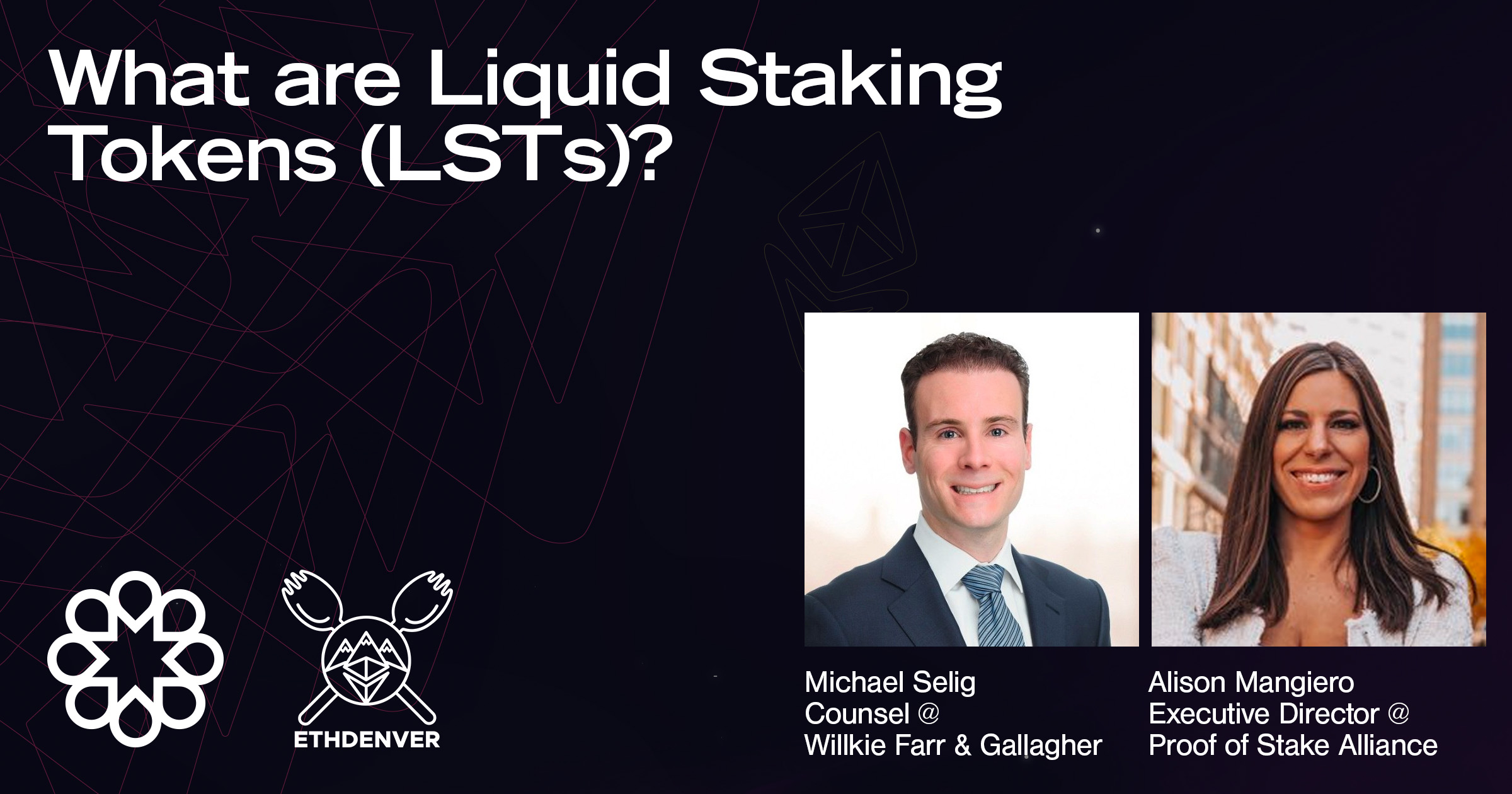
What are Liquid Staking Tokens (LSTs)? Mike Selig and Alison Mangiero discuss at ETHDenver

The need for enterprise-grade compliance
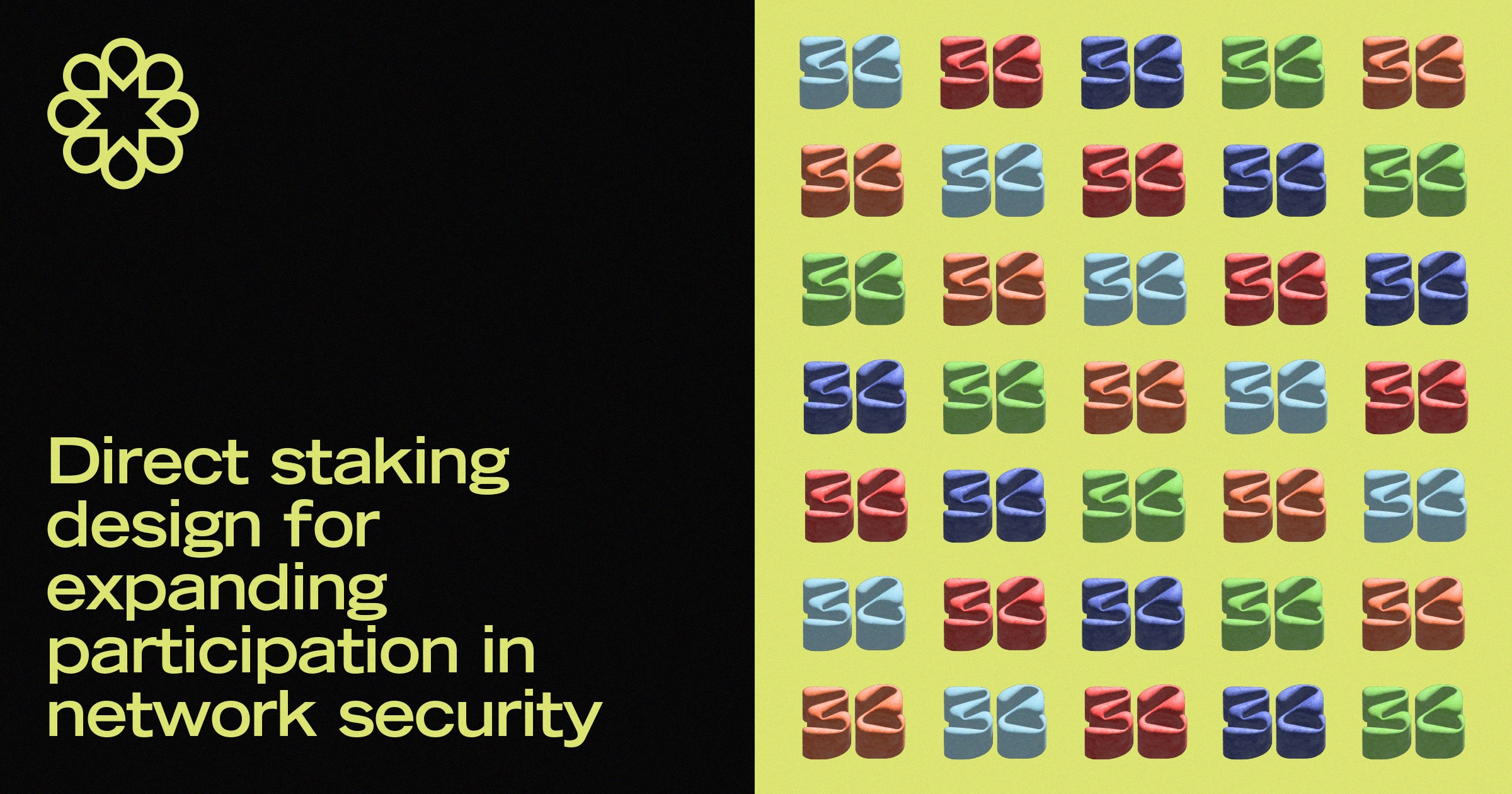
Direct staking design for expanding participation in network security
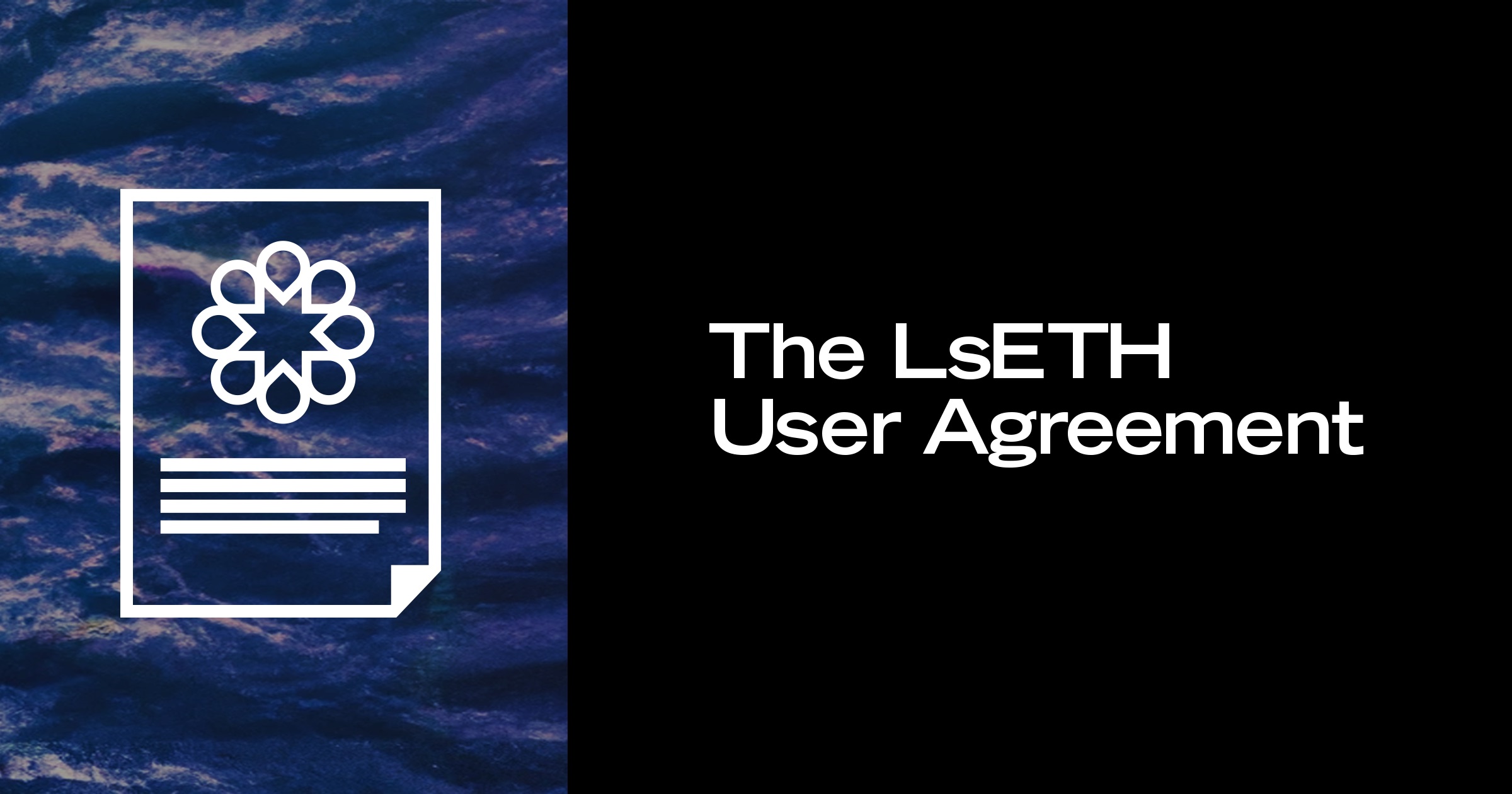
The LsETH User Agreement
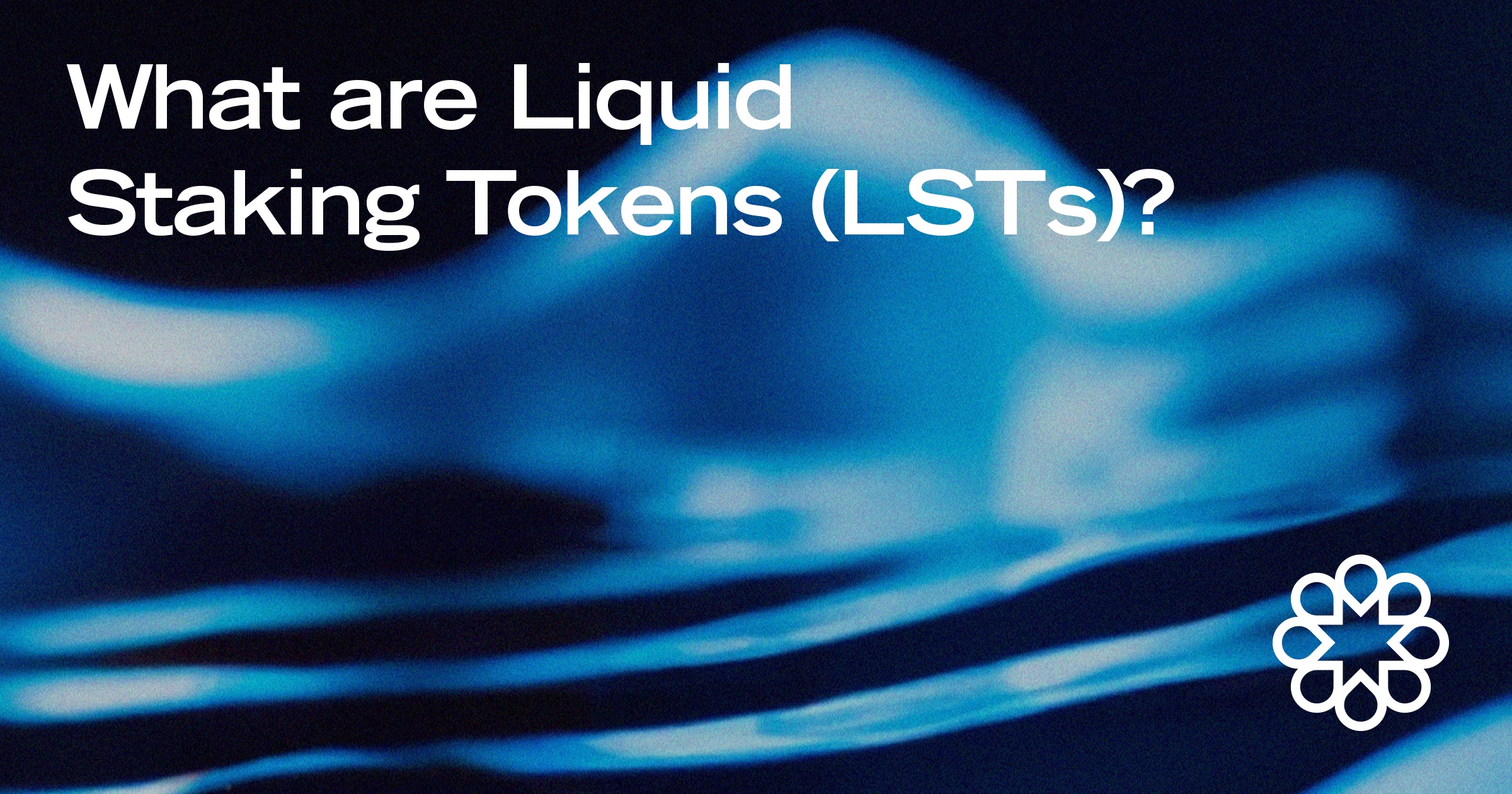
What are Liquid Staking Tokens (LSTs)?

Liquid Collective Roles

The need for a liquid staking standard

Liquid Collective Litepaper

Liquid Collective's Slashing Coverage Program

What is liquid staking?
Introducing LsETH
For Stakers
Earn network rewards while holding LsETH. It's that simple.
LsETH is a token representing staked ETH plus network rewards.
Learn more- Auto-staked rewards
- Built-in slashing coverage
- Secure and transparent
- Diversified node operators
For Enterprises
Simple staking integrations with LsETH
Liquid Collective's LsETH is a liquid staking token, built to meet the needs of businesses offering staking to their customers.
Learn more- Revenue share of rewards
- Compliance-focused design
- Enterprise-grade security
- Node operator performance SLAs
